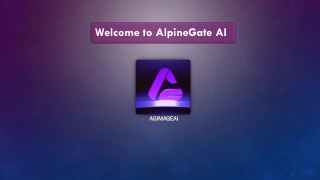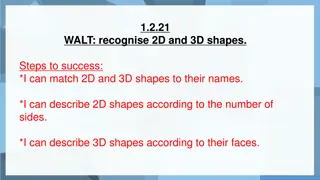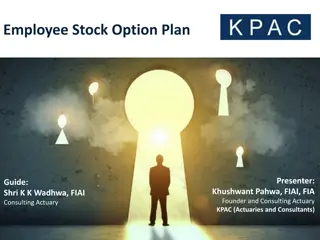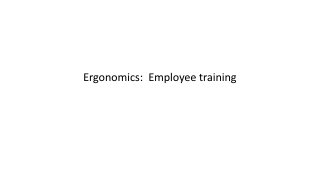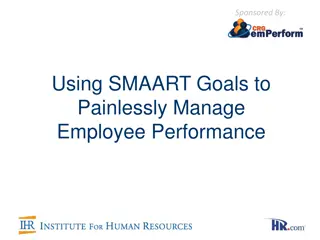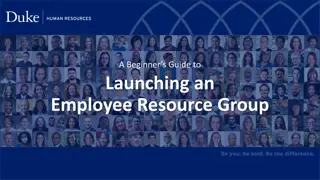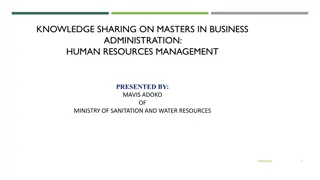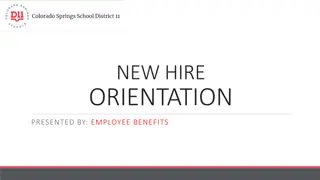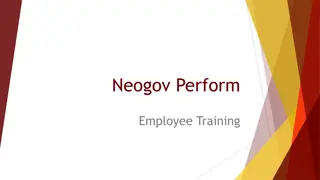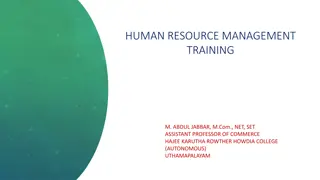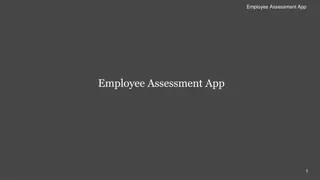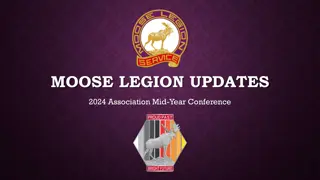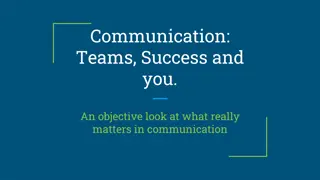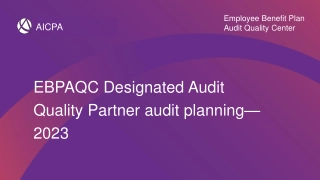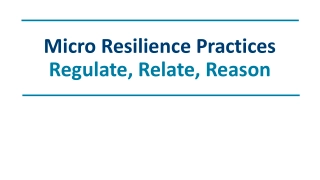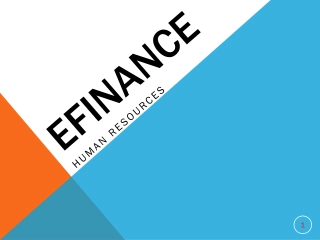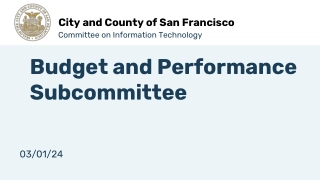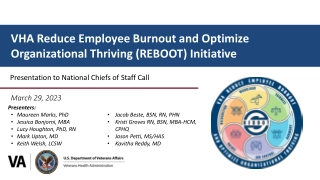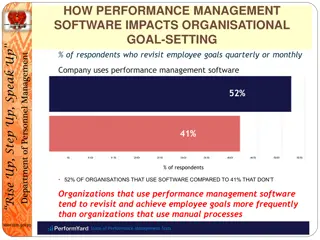Employee Recognition
Learn the importance of recognizing employee achievements to motivate and retain top talent. Explore various recognition methods and their impact on employee performance and company success. Discover tips and examples to implement an effective recognition program. Popular
Download Presentation

Please find below an Image/Link to download the presentation.
The content on the website is provided AS IS for your information and personal use only. It may not be sold, licensed, or shared on other websites without obtaining consent from the author. Download presentation by click this link. If you encounter any issues during the download, it is possible that the publisher has removed the file from their server.
E N D
Presentation Transcript
Employee Recognition
Employee Recognition WELCOME! 2
Introduction The goal of employee recognition is to show appreciation for an employee s achievement and to motivate employees to continue good performance and their commitment to the company. A good employee recognition program helps an organization retain key employees and keep job satisfaction at a high level. To achieve these important goals, it is critical for you, as supervisors, to recognize the importance of employee recognition and know how to practice it. This presentation provides that information and knowledge. 3
Agenda What is employee recognition? Why is employee recognition important? Types of employee recognition. Examples of recognition based on performance. Recognition tips. Ways to recognize employees. Our employee recognition policy. 4
What Is Employee Recognition? Employee recognition is acknowledgment of an employee s achievement. Recognition can be public or private. Recognition may take the form of a monetary reward or a nonmonetary reward. 5
Why Is Employee Recognition Important? Employee recognition: Helps to attract and retain employees. Motivates employees to perform at higher levels. Increases employee productivity. Increases healthy employee competitiveness. Increases company revenues and profitability. 7
Why Is Employee Recognition Important? (cont.) Employee recognition (cont.): Improves business quality and service. Improves workplace safety. Lowers employee stress. Reduces absenteeism and turnover costs. Fosters employment longevity. Encourages employees to continue education and training. 8
Types of Employee Recognition Employees may be recognized for: Years of service Public service. Safety Retirement. Attendance Suggestion program ideas. Completion of certifications or degrees Outstanding performance. Superior customer service 10
Examples of Recognition Based on Performance Employees may be recognized for performance when they: Go above and beyond what is expected in their job. Suggest a new process or idea that saves time or effort or positively affects the department or team. Complete a significant project ahead of schedule or exceptionally well. 11
Recognition Tips Offer employee reward choices. Provide consistent recognition. Identify what is meaningful to your employees. Keep it simple. Be adaptable. Keep employee recognition fresh. Make it timely. Recognize all levels of employees. 13
Ways to Recognize Employees Recognition does not have to be difficult or expensive. Examples include: Verbal, written or formal praise from you or informal praise by peers. Gift cards. Cash awards. Choice of interesting and challenging projects. Opportunities to attend conferences or training sessions. Opportunities to mentor other employees and work with people outside their own departments. 15
Ways to Recognize Employees (cont.) A personal call of thanks with no other purpose for call. A personal thank-you note given separately or with paycheck or bonus pay. A gift of company logo items. Plaques or trophies. Recognition luncheon. 16
Our Employee Recognition Policy All employees are eligible for nonmonetary recognition and eligible for monetary recognition based on departmental budget. Awards should be made as close to the performance or result as possible. Award criteria should be consistent with company and employee goals and objectives. Monetary awards require managers to complete a recognition request form. Nonmonetary rewards are encouraged and do not require a form or approval. 18
Summary Employee recognition is an acknowledgment of an employee s achievement. It may be public or private, monetary or nonmonetary. A good employee recognition program helps an organization retain key employees and keep employee job satisfaction at a high level. Some types of recognition are for performance, years of service, attendance and completion of degrees. 20
Summary (cont.) Tips for employee recognition include extending recognition to all levels of employees, keeping it consistent, simple and timely. Ways to recognize employees include verbal or written praise, cash awards, a personal call of thanks and a gift of company logo items or a plaque or trophy. 21
Training Evaluation Please complete the training evaluation sheet included in the handouts. Thank you for your interest and attention! 22






